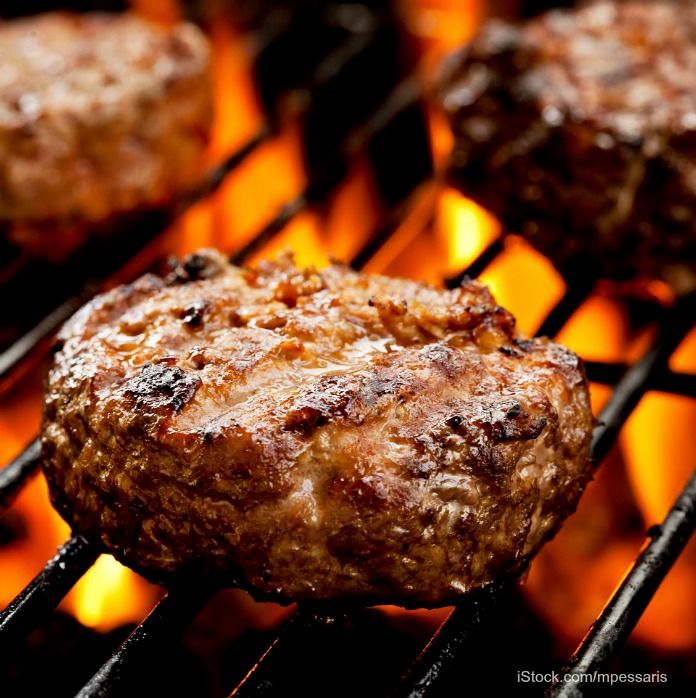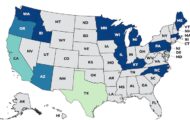Now that summer is approaching, the FDA has issued a Food Facts pamphlet about eating outdoors and handling food safety. In warm weather, there are more opportunities for pathogens to multiply in food. Grilling is a common summertime activity, but there are rules consumers must follow to keep the food they serve safe.
Safe Grilling Tips:
- Cook foods to the proper final temperature. A chart in the Food Facts pamphlet lists the safe internal temperature of commonly grilled foods. Use a calibrated thermometer to check the temperature before you eat.
- Always marinate meats, poultry, and seafood in the refrigerator, never on the counter or outdoors.
- Never partially cook meats, poultry, or seafood, hold them, even in the fridge, then finish cooking. This technique brings food within the danger zone of 40 degrees F to 140 degrees F several times, which can let bacteria grow to unsafe levels.
- Keep hot food hot and cold food cold. The danger zone is 40 degrees F to 140 degrees F. Perishable foods should be out of refrigeration for only two hours; one hour if the air temperature is above 90 degrees F.
- Avoid cross-contamination. Never put cooked foods on plates or platters that previously held raw or uncooked foods.
Food Poisoning Bulletin asked Anna Schmitt Reichert, Director of Communications for NSF International, a non-profit organization that specializes in food safety, about this issue. We asked which of these points was most important for summer food safety.

She said, “cross-contamination is one of the most common mistakes cooks make when grilling.” If cooked food touches any juice or residue from uncooked food, it will become contaminated with bacteria that can make someone sick. Always use clean platters and utensils to handle and hold the cooked food. In fact, wash tongs and spatulas each time they touch the food while it’s cooking to prevent cross-contamination.




